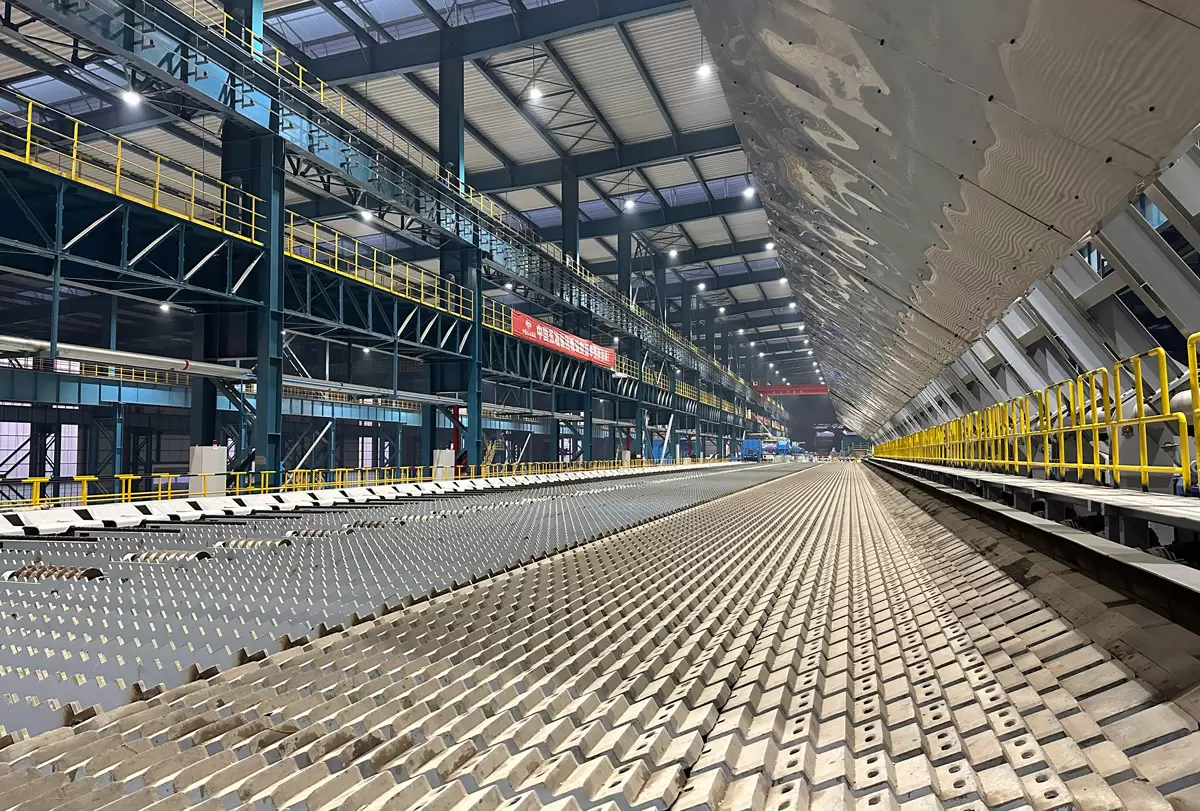In today's globalized world, efficient transportation of goods is crucial for businesses to thrive. Companies are constantly seeking cost-effective methods to transport their freight while ensuring timely delivery. In this blog post, we will explore various transportation modes and analyze which ones carry the most freight for the least amount of money. By considering factors such as infrastructure, distance, and operational costs, we can identify the most suitable options for businesses.
- Maritime Shipping:
Maritime shipping, also known as sea freight, is a popular choice for transporting large quantities of goods over long distances. With massive cargo vessels, this method can carry substantial freight at a relatively low cost per unit. The economies of scale achieved through containerization and the availability of global shipping routes make maritime shipping an attractive option for businesses with non-urgent shipments. - Rail Transportation:
Rail transportation offers a cost-effective solution for moving freight over land, particularly for long-distance haulage. Trains can carry significant volumes of goods, making them ideal for bulk commodities such as coal, grains, and minerals. Railways often have well-established infrastructure, reducing operational costs and providing a reliable mode of transportation. Additionally, rail transport produces fewer carbon emissions compared to road transportation, aligning with sustainability goals. - Inland Waterways:
Inland waterways, including rivers and canals, provide an economical means of transporting freight, especially for regions with well-connected water networks. Barges and river vessels can carry large quantities of goods, such as raw materials and bulk commodities, at a relatively low cost. Inland waterways transportation offers advantages such as reduced congestion, lower fuel consumption, and minimal environmental impact, making it an attractive option for certain regions. - Intermodal Transportation:
Intermodal transportation combines multiple modes of transport, such as rail, road, and sea, to optimize cost and efficiency. By utilizing the strengths of each mode, intermodal transportation can offer significant cost savings. For example, goods may be transported by ship for long-haul routes, then transferred to rail or trucks for the final leg of the journey. This approach minimizes handling and reduces overall transportation costs. - Pipeline Transportation:
While primarily used for transporting liquids and gases, pipeline transportation plays a vital role in the energy sector. Pipelines offer a cost-effective and efficient means of transporting crude oil, natural gas, and petroleum products over long distances. Once the infrastructure is in place, pipelines require minimal operational costs, making them an attractive option for the energy industry.
Conclusion:
When it comes to transporting freight cost-effectively, businesses have several options to consider. Maritime shipping, rail transportation, inland waterways, intermodal transportation, and pipeline transportation each offer unique advantages depending on the nature of the goods, distance, and infrastructure availability. By carefully evaluating these factors, businesses can make informed decisions to optimize their freight transportation, reducing costs while ensuring timely delivery.




